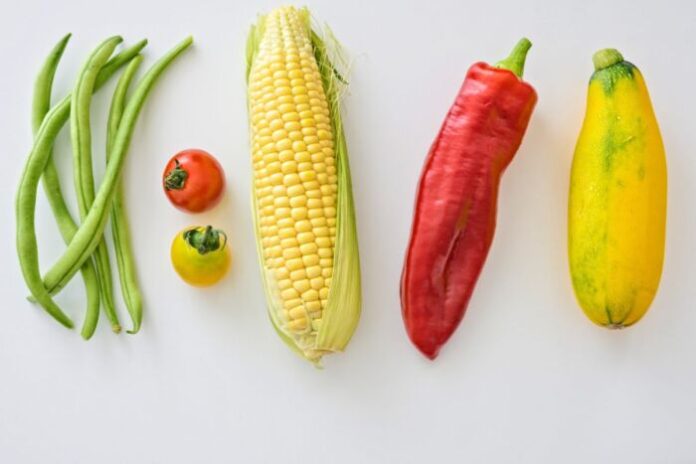
Making a correct separate collection is the first step to take to protect the environment. Separating and recycling materials is essential to avoid waste. Even the organic fraction, which contains mostly food waste, is a precious ally of the planet because it allows the production of compost which is then reused in agriculture.
However, we do not always have clear ideas on what should be thrown into the wet container and, above all, on what are the most suitable tools for this particular type of waste. First of all, the general rule is that all food preparation waste, both of vegetable and animal origin, and leftovers must be thrown into the staff. In addition, it is possible to throw the wilted or dead flowers that can be part of the composting process, return to the earth and contribute to new blooms, and cork which is a natural and biodegradable material. It is not possible to transfer glass, metal, plastic and cans: all these materials must be correctly differentiated in the other bins, not in that of the collection of the wet.
To make a correct collection of staff, it is important to start by choosing the container. The wet, in fact, needs to aerate so it is preferable to opt for a perforated basket, associated with the compostable bag. These two tools avoid the excessive deterioration of waste and the consequent bad smell. Used together they allow the evaporation of condensate and consequently the reduction of the volume of wet waste, with a weight loss of up to 15%, and of odors. Thanks to aeration, the waste does not ferment, the formation of liquids is avoided and the resistance of the compostable bags increases as they always remain dry inside the bucket.
Before throwing the organic waste in the bag, it is advisable to drain it and not to press it: it is better to reduce the larger ones into small pieces. However, it is good to avoid waste to reduce the amount of waste, properly store perishable foods and reuse leftovers.
From the separate collection of the wet, once started in the composting plants, compost is obtained, a natural fertilizer that can be used to return organic matter to the earth. The last frontier in the sector of the valorization of organic waste is represented by biomethane, biofuel that can be used to replace fossil fuels and which contributes to responding even more efficiently to the principles of the circular economy.
Compost can also be used in the garden, for a base fertilization that promotes good nourishment for plants. It can also be used as a fertilizer for planting trees and shrubs as well as for mulching: it allows the control of the growth of weeds, it favors the maintenance of a correct soil humidity and the reintegration of organic substance.
When you go on vacation to another city, it is good to inquire about the methods of collection or the days of transit of the vehicles. It is possible to find the recycling calendar and the refusal on SmartRicicla, the app for separate collection in Italy, where you can also consult where the waste must be thrown in order to recycle it correctly.
Here are the organic wastes that must be thrown into the wet:
- Kitchen waste (cooked or raw)
- Kitchen leftovers (cooked or raw)
- Fruit and vegetable waste
- Green waste (flowers, grass, twigs, leaves)
- Small bones
- spoiled and expired food (provided it is unpacked)
- Wooden sticks for ice cream
- Extinguished ashes of the fireplace in small quantities
- Coffee grounds and coffee pods (the capsules instead go into the undifferentiated)
- Tea filters (remember to disconnect any paper thread and stamp)
- Napkins and paper handkerchiefs, provided they are not printed
- Pet droppings
- Natural bedding for pets
What should not be thrown in the wet? Here are the organic wastes that, however, should not be thrown in the wet:
- Hair
- Animal hair
- Dust or filters of the vacuum cleaner
- Weeds or sick plants
- No type of liquid (including oil, which must be collected separately and brought to the ecological islands)
- Metals
- Wood treated with chemicals
- Diapers and sanitary towels
Read more:
- How to recycle: a guide to separate collection
- How to make the separate collection: recycling codes and symbols




































